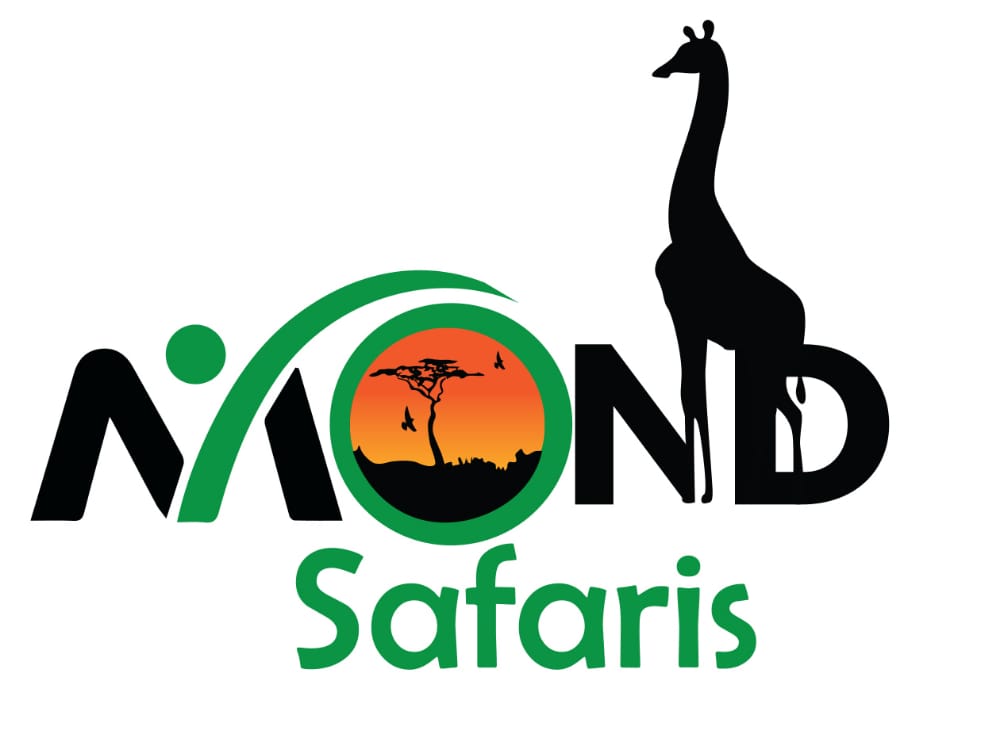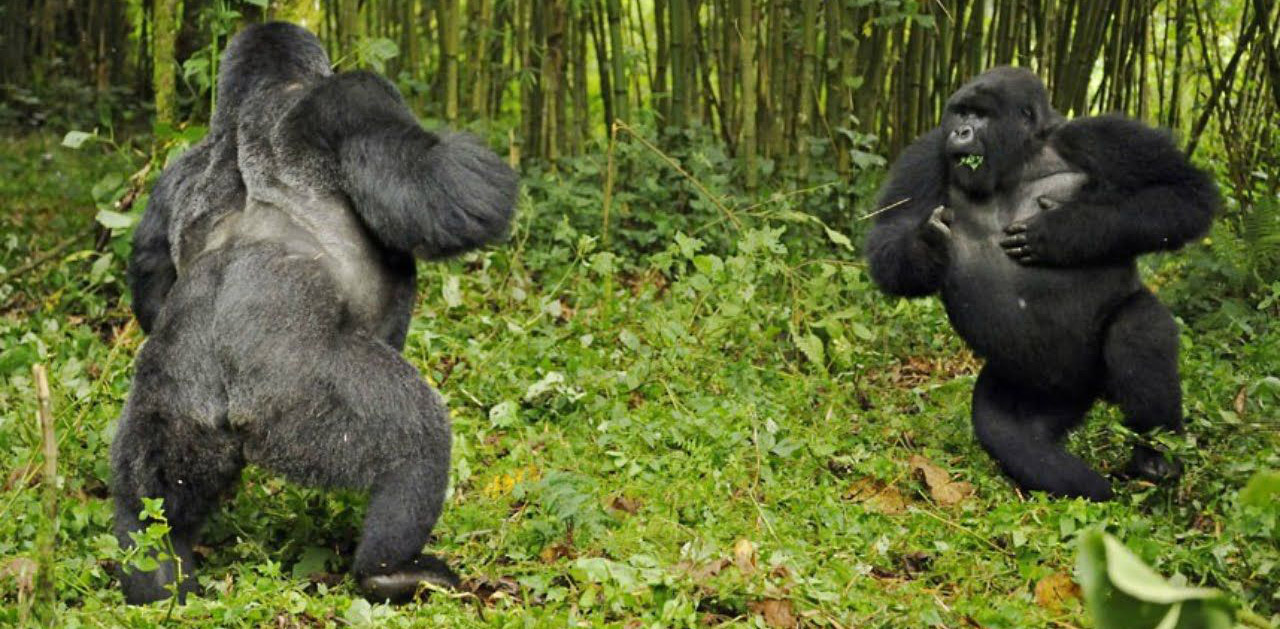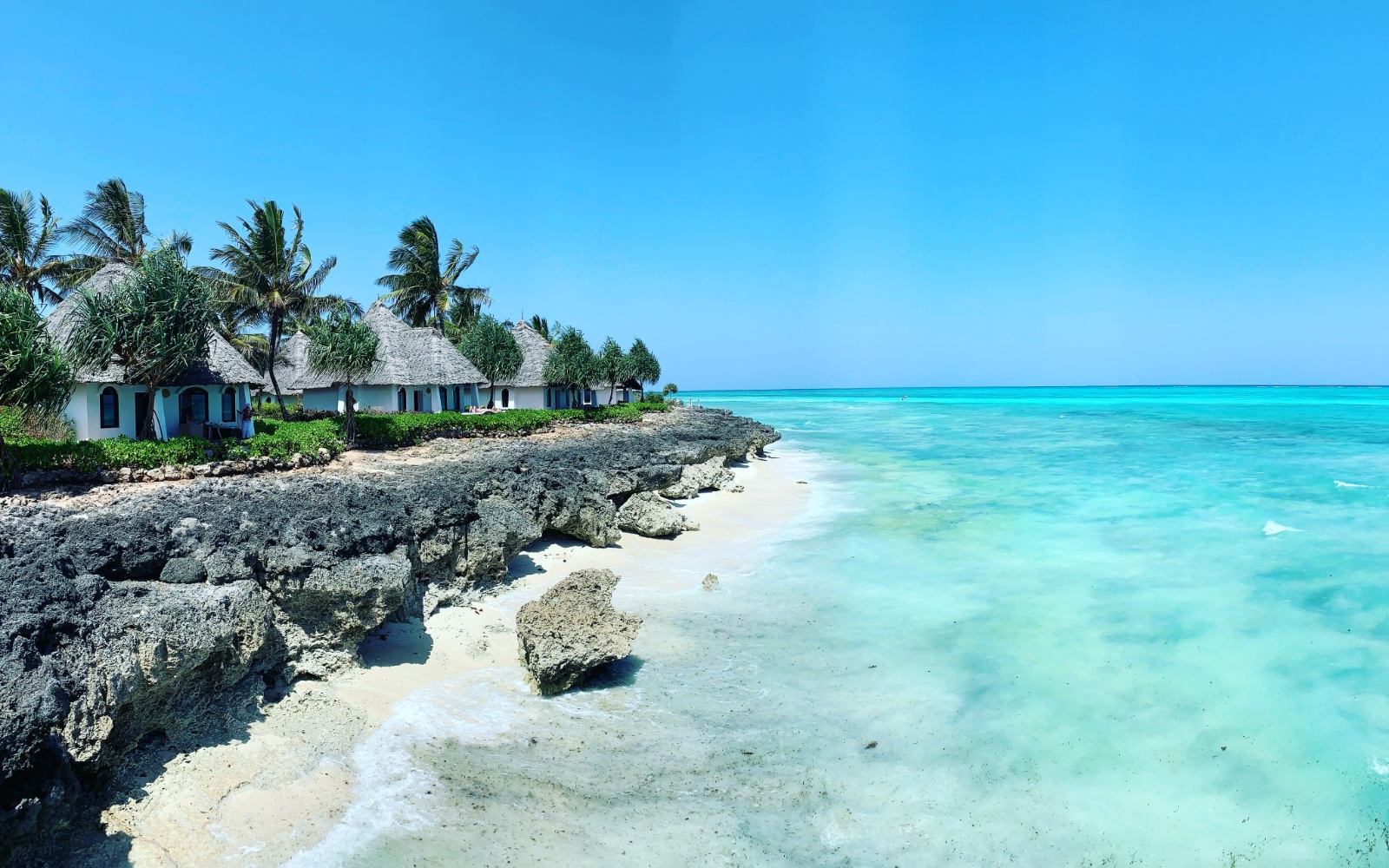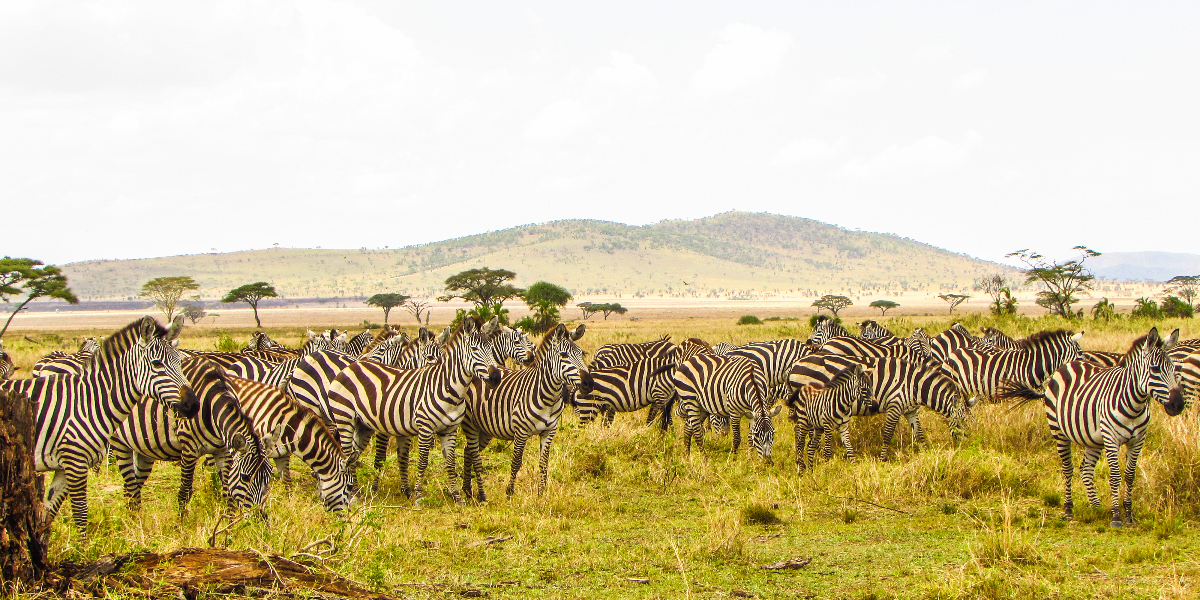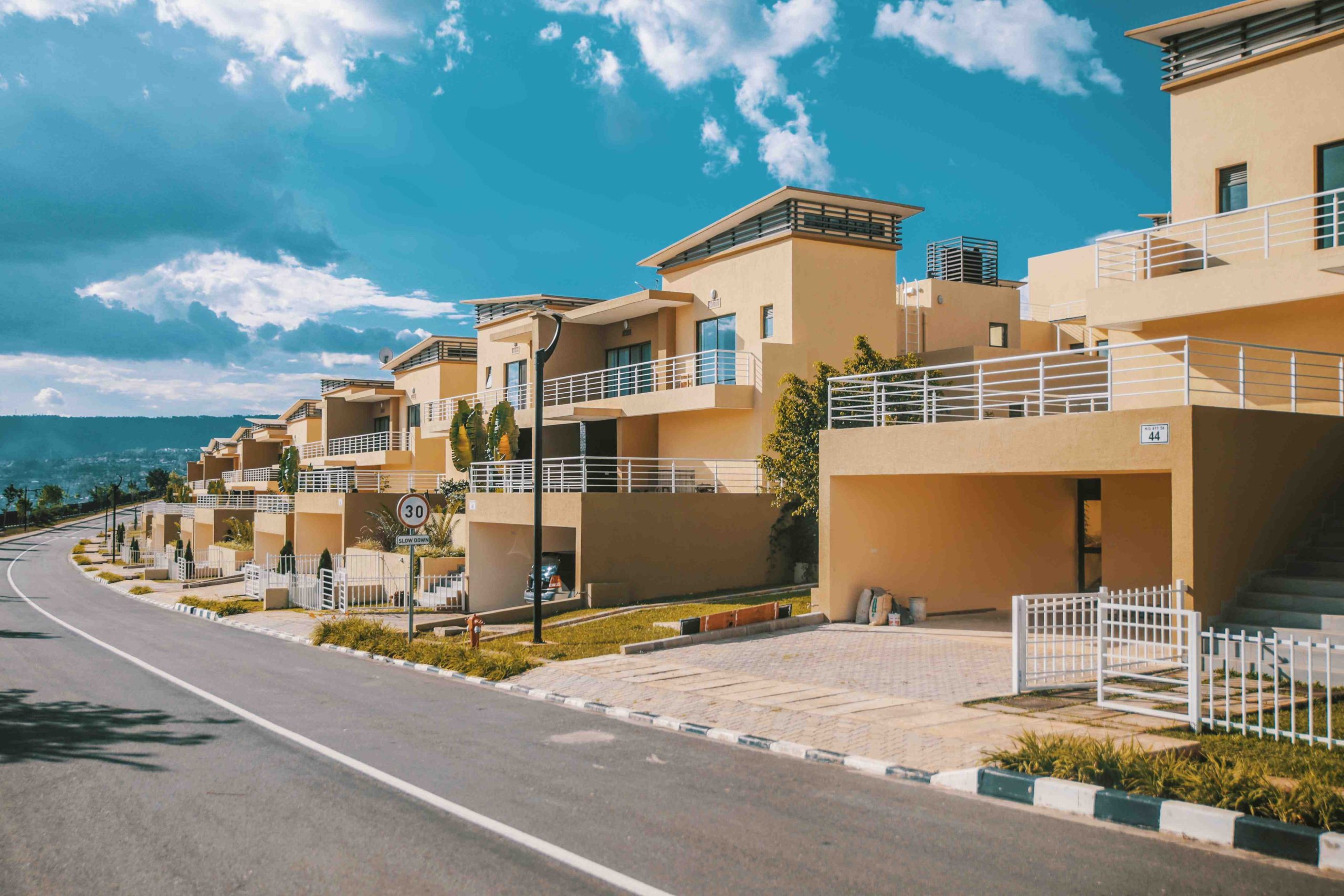Embark on an African adventure like never before as we unveil the top 7 best…
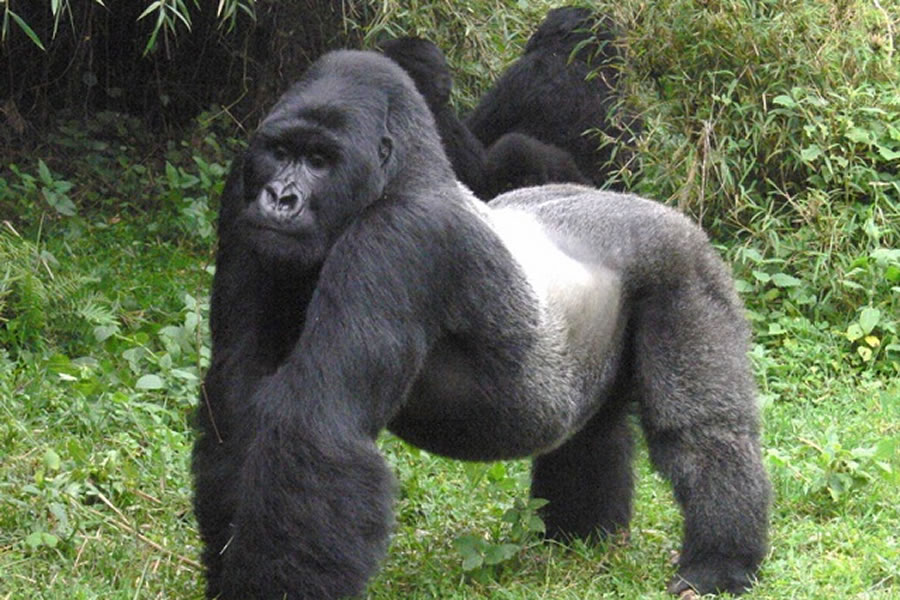
Silverback Gorilla and Gorilla Safari Tours
gorilla tours| Rwanda gorilla tours | gorilla tour | gorilla tours Africa
Silverback Gorilla and Gorilla Safari Tours Introduction
Silverback Gorilla and Gorilla Safari Tours: The world of silverback gorillas is a perplexing and bursting topic that evokes wonder and amazement. These remarkable creatures, renowned for their strength, intelligence, and dominance, inhabit the dense forests of central and East Africa, where they thrive in habitats rich in bamboo, shrubs, and trees.
where can i find silverback gorillas
![]()
![]() The Virunga Mountains, spanning the borders of Rwanda, Uganda, and the Democratic Republic of Congo, are home to the mountain gorillas, a subspecies of silverback gorillas. These magnificent animals are social creatures that live in groups called troops, led by a dominant male, the silverback, who protects and leads the group. Silverbacks are impressive creatures that possess excellent communication skills, using a variety of vocalizations, gestures, and facial expressions to interact with other gorillas.
The Virunga Mountains, spanning the borders of Rwanda, Uganda, and the Democratic Republic of Congo, are home to the mountain gorillas, a subspecies of silverback gorillas. These magnificent animals are social creatures that live in groups called troops, led by a dominant male, the silverback, who protects and leads the group. Silverbacks are impressive creatures that possess excellent communication skills, using a variety of vocalizations, gestures, and facial expressions to interact with other gorillas.
Sadly, silverback gorillas are an endangered species due to habitat loss, poaching, and disease. Conservation efforts have been made to protect these animals, including establishing national parks and protected areas, promoting sustainable tourism, and implementing anti-poaching measures. The tireless efforts of organizations such as the Dian Fossey Gorilla Fund and the International Gorilla Conservation Programs are critical in safeguarding these majestic animals and their ecosystem.
How much does a silverback weighs
The weight of a silverback gorilla ranges between 136 and 195 kg (300 to 430 pounds), with some exceptional individuals weighing up to 270 kg (600 pounds). Various factors such as age, genetics, diet, and habitat influence their weight. As primarily herbivorous animals, their diet consists mainly of leaves, fruits, and shoots, with some insects such as ants and termites. They spend a significant amount of time foraging for food, and their diet varies depending on the availability of different food sources in their habitat. Their strong jaws and teeth, along with their highly developed digestive system, allow them to extract the nutrients they need from their plant-based diet.
When to go and see silverback gorilla safaris and tours
Determining the optimal time to witness the silverback gorilla in Africa is dependent on various factors such as climatic conditions and the gorilla’s behavior. Nevertheless, the dry season is typically regarded as the best time to visit.
In East Africa, the dry season stretches from June to September and December to February, while in Central Africa, it’s typically from June to August and December to February. During these periods, gorillas tend to remain in lower altitudes where food is more abundant, making them more comfortable to track and observe.
Additionally, the dry season usually experiences less rainfall, which makes hiking and tracking in the jungle less cumbersome. However, it’s important to note that gorilla trekking is possible year-round, so you can still have an opportunity to see the gorillas during the wet season.
It’s also crucial to mention that gorilla permits are often limited, so it’s advisable to book well in advance to secure your spot. In general, the ideal time to see the silverback gorilla in Africa is during the dry season when the weather is favorable, and the gorillas are more accessible.
How does a silverback gorilla communicate?
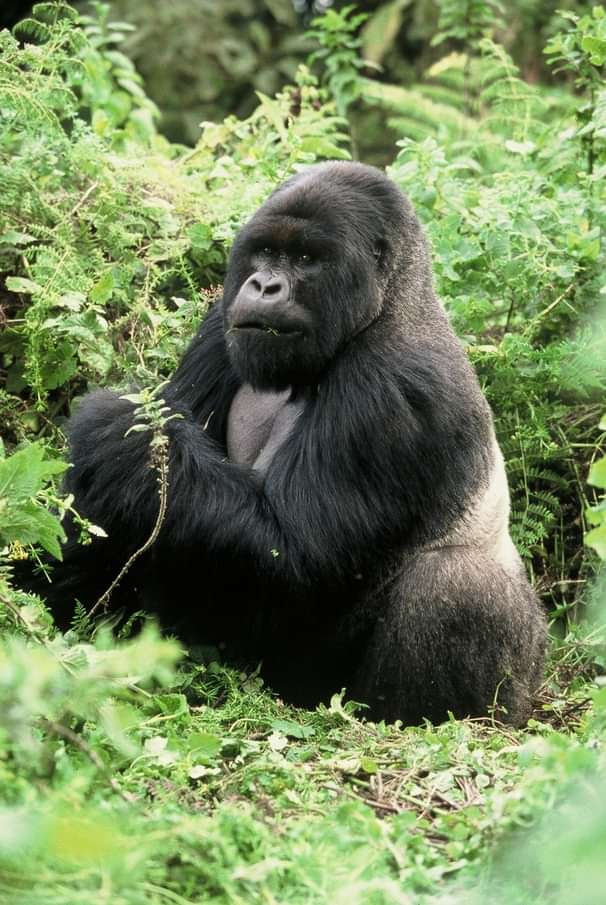
Silverback gorillas communicate with each other through various means, including vocalizations, body language, and facial expressions.
Vocalizations: Gorillas use a range of vocalizations such as grunts, barks, roars, and screams to communicate, conveying different messages such as warning signals, expressions of dominance, or greetings.
Body language: Silverback gorillas use their bodies to communicate through gestures like chest beating, arm and hand gestures, and body postures. These gestures are used to display dominance or submission and express emotions like anger or fear.
Facial expressions: Gorillas also use facial expressions to communicate, such as baring their teeth, staring, or showing their tongues, conveying a range of emotions, from aggression to friendliness.
Apart from these communication methods, gorillas also use scent marking to communicate with other group members. Silverback gorillas leave their scent on vegetation and other objects, signaling their presence and territory to other gorillas.
Overall, silverback gorillas are highly social animals that use various means to communicate with each other and maintain their social relationships.
Where to stay during a silverback gorilla visit?
When visiting the silverback gorillas in Africa, there are several accommodation options available, depending on your budget and preferences. Here are some options to consider:
Gorilla lodges: Several lodges located near gorilla trekking parks offer comfortable accommodation, meals, and transportation to and from the park. These lodges range from basic to luxury and can be booked through a tour operator or directly with the lodge.
Tented camps: For a more adventurous experience, you can stay in a tented camp near the gorilla trekking park. These camps offer comfortable tents with basic amenities and are typically located in scenic locations.
Guesthouses and homestays: If you’re on a budget or prefer a more authentic experience, guesthouses and homestays are a great option. These accommodations are often run by local families and offer a chance to experience the local culture and cuisine.
Luxury hotels: For those who prefer a more upscale experience, several luxury hotels are located near gorilla trekking parks. These hotels offer high-end amenities, fine dining, and often have stunning views of the surrounding landscape.
When choosing accommodation, it’s essential to consider factors such as proximity to the gorilla trekking park, budget, and personal preferences. It’s also advisable to book your accommodation well in advance to ensure availability, especially during peak season.
Where can i stay or sleep during silverback gorilla safari
Oh my, have you heard about the incredible lodges to stay in during gorilla trekking in Uganda? Let me tell you, these places are beyond amazing and will leave you in a state of utter perplexity and awe.
First up, we have the Buhoma Lodge, situated in the midst of the Bwindi Impenetrable Forest National Park. This place offers cozy cottages, breathtaking forest views, and top-notch service that will make you feel like royalty.
Next on the list is the Gorilla Forest Camp, a luxury camp located smack-dab in the heart of the Bwindi Impenetrable Forest. Their spacious tents are a sight to behold, and the cuisine they serve is simply divine. The personalized service you’ll receive here is beyond compare.
And then there’s the Clouds Mountain Gorilla Lodge, perched atop a hill with jaw-dropping views of the Virunga Volcanoes. The accommodations here are absolutely luxurious, the food is out of this world, and the service is so attentive, you’ll feel like you’re the only guest there.
The Mahogany Springs Lodge, located near the Bwindi Impenetrable Forest National Park, is another excellent choice. The suites here are spacious and cozy, the food is fantastic, and the service is personalized to meet your every need.
Last but not least, the Nkuringo Bwindi Gorilla Lodge offers comfortable rooms and friendly service with panoramic views of the Virunga Volcanoes from its hilltop location.
These lodges are just a sampling of the many incredible options available for gorilla trekking in Uganda. So if you’re planning a trip, make sure to do your research and find the lodge that suits your needs and budget. Trust me, it’ll be a burst of excitement you won’t forget!
How much can a gorilla safari cost in Uganda
The cost of a gorilla safari in Uganda can vary depending on various factors such as the time of year, the number of people in your group, the level of accommodation you prefer, and the tour operator you choose. However, on average, a gorilla safari in Uganda can cost between $1100 to $1800 per person for a 3-4 day tour.
This price usually includes park entry fees, gorilla permits, transportation, accommodation, meals, and a guide. Gorilla permits alone typically cost $700 for non-residents and $600 for East African residents.
It’s important to note that gorilla safaris in Uganda are highly regulated and require a permit to be obtained in advance. These permits are limited in number, so it’s recommended to book your tour well in advance to avoid missing out.
The magnitude of expenditure that one can incur on a gorilla safari in Uganda is contingent upon several variables such as temporal peculiarities, the quantity of individuals constituting your group, the quality of lodging that you fancy, and the touring company that you select. Nonetheless, the average cost of a gorilla safari in Uganda can range from $1100 to $1800 per person for a 3-4 day excursion.
This pricing commonly incorporates entrance fees to the park, permits to view the gorillas, means of conveyance, accommodation facilities, culinary delights, and a proficient guide. The gorilla permits themselves often accrue to a cost of $700 for non-residents and $600 for inhabitants of East Africa.
It should be duly noted that gorilla safaris in Uganda are characterized by scrupulous regulations that mandate prior acquisition of permits. These permits are restricted in supply; therefore, it is recommended that one makes an early booking for their tour to avoid the possibility of missing out.
Why gorilla trekking safari is expensive
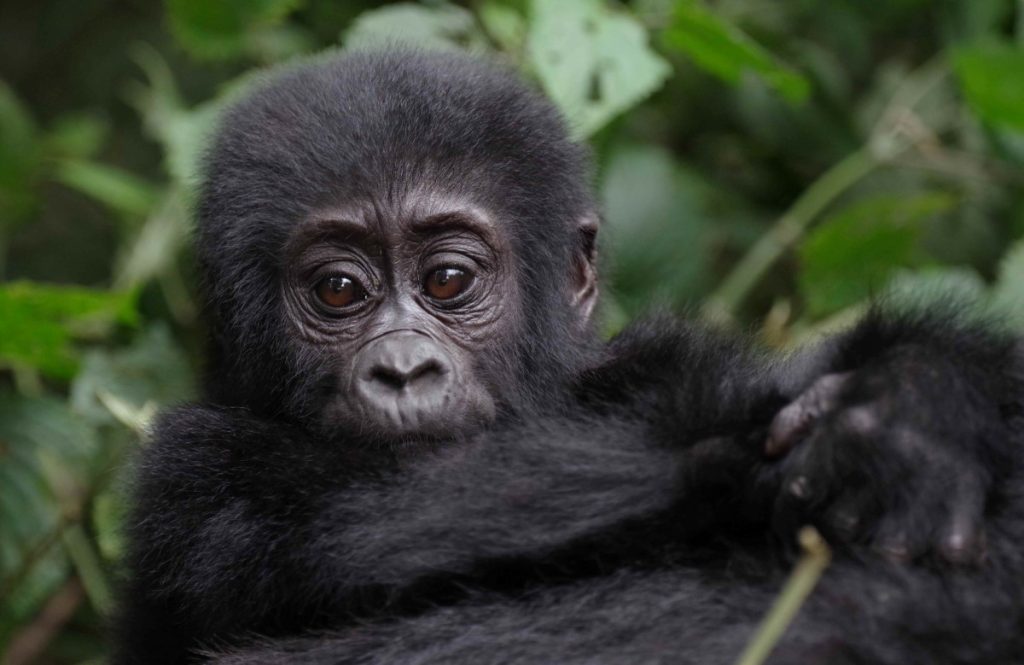
The exorbitant cost of embarking on a gorilla trekking safari can be attributed to various factors that leave one perplexed and astounded.
Primarily, gorillas are a critically endangered species, and as such, their preservation is of utmost importance. Thus, the cost of acquiring gorilla trekking permits is intentionally exorbitant to discourage overcrowding, protect the gorillas, and fund conservation initiatives. One can hardly believe that in Uganda, the cost of a gorilla trekking permit is an astonishing USD 700, while in Rwanda, it costs a mind-boggling USD 1,500.
Secondarily, gorillas inhabit remote and hard-to-reach areas such as dense rainforests and mountainous terrain. Consequently, it is arduous to provide the necessary infrastructure for tourism, such as accommodation, transportation, and trained guides. These formidable challenges significantly augment the cost of organizing and executing gorilla trekking safaris, leaving one gasping at the exorbitant prices.
Lastly, gorilla trekking is an extraordinary, once-in-a-lifetime experience for many people, and as a result, the demand for it is exceedingly high. In light of this, tour operators, lodges, and other tourism service providers in the area may charge astronomical prices due to the perceived value of the experience. This astronomical pricing may leave one bursting with disbelief and bewilderment.
In conclusion of Silverback Gorilla and Gorilla Safari Tours, the cost of gorilla trekking safaris can leave one staggered due to the need for conservation efforts, the challenging terrain, and the high demand from tourists. Nevertheless, despite the exorbitant cost, many visitors deem the experience to be a priceless and worthwhile investment.
Other factors to consider when planning a gorilla safari in Uganda
When one embarks on the grandiose undertaking of planning a gorilla safari in Uganda, it is paramount to consider a plethora of factors beyond mere dates and location. Here are a few additional factors that ought to be given great consideration:
Cost during Silverback Gorilla and Gorilla Safari Tours: One must not underestimate the hefty price of gorilla trekking permits in Uganda, which are priced differentially depending on the season. One must take into account the cost of not only the permits, but also transportation, accommodation, food, and any other activities that are intended to be pursued.
Physical fitness: The undertaking of gorilla trekking in Uganda demands a certain level of physical fitness, as the treks can be quite grueling and necessitate traversing difficult terrain. One must ensure that they are in optimal physical condition and consult with a physician prior to undertaking the trek.
Accommodation: Uganda proffers an extensive spectrum of accommodation options, from thrifty to luxurious lodges. It is crucial to choose accommodation that caters to one’s budget and preferences, and is situated in close proximity to the gorilla trekking starting point.
Weather: Uganda is blessed with a tropical climate that can be very humid and rainy throughout the year. It is of utmost importance to plan the trip during the dry season (June to September and December to February) when the weather is more predictable.
Cultural experiences: Uganda boasts a rich cultural heritage, and there are countless opportunities to immerse oneself in the local cultures and traditions. It would be prudent to consider incorporating cultural experiences such as visiting local communities, markets, or museums into the itinerary.
Travel insurance: One must procure travel insurance that covers medical emergencies and trip cancellation or interruption, as well as evacuation in the event of an emergency.
Wildlife sightings: While gorilla trekking is the pièce de résistance, Uganda is also home to an array of wildlife, including chimpanzees, elephants, lions, and more. It is worthwhile to consider adding additional game drives or nature walks to the itinerary in order to enhance the likelihood of spotting other wildlife.
Places to on a gorilla safari in Africa
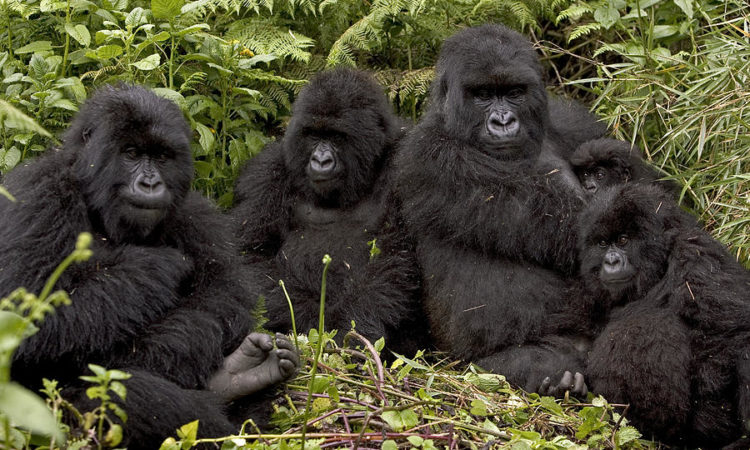
Indubitably, the African continent is replete with breathtaking locations to embark on a gorilla safari. The following sites are highly recommended for those seeking an experience that is sure to leave them in awe:
Firstly, the Bwindi Impenetrable Forest National Park in Uganda is a prime destination for individuals interested in observing mountain gorillas. This park, which houses over 50% of the world’s population of these magnificent creatures, provides the opportunity for visitors to trek through dense forests and bear witness to the majesty of these primates.
Secondly, the Virunga National Park located in the eastern part of the Democratic Republic of Congo is an excellent option for those desiring to explore the African rainforest. This park features several habituated gorilla groups, affording visitors an opportunity to immerse themselves in the environment and observe these creatures up close.
Thirdly, the Volcanoes National Park situated in Rwanda is home to a variety of habituated gorilla families. This location is renowned for its stunning vistas of the Virunga Mountains and magnificent landscapes.
Fourthly, the Mgahinga Gorilla National Park, which is located in the southwestern part of Uganda, is home to a small but vital population of mountain gorillas. In addition to the wildlife, visitors can also indulge in the local culture.
Finally, the Kahuzi-Biega National Park in the Democratic Republic of Congo is another recommended site for gorilla safari enthusiasts. This park is unique in that it contains both lowland and mountain gorillas, and visitors can explore the lush rainforests of the Congo basin.
In conclusion, irrespective of the chosen destination, a gorilla safari in Africa is an experience that is sure to be unforgettable.
Bwindi current sectors and gorilla families
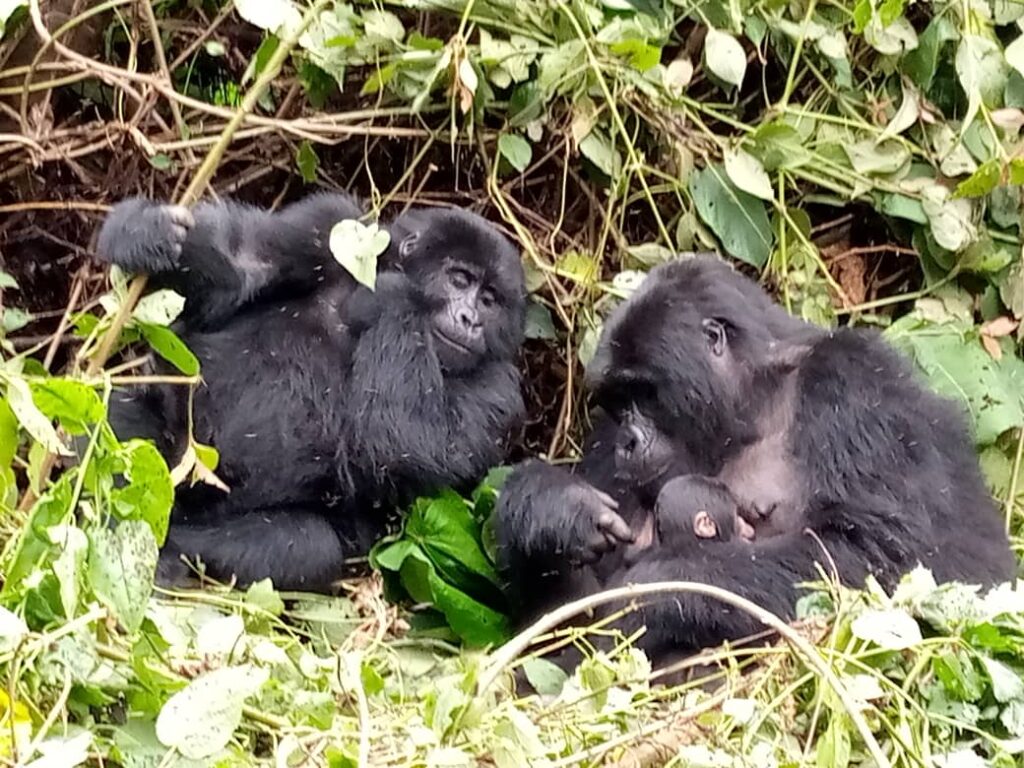
The rugged terrain of Bwindi Impenetrable National Park, nestled in the remote southwestern corner of Uganda, serves as a sanctuary to nearly half of the world’s remaining population of mountain gorillas. This park is a place of extraordinary biological diversity and is divided into different sectors, each of which hosts a plethora of habituated gorilla families that are open to visitation by intrepid tourists.
Behold the enigmatic Bwindi sectors and their elusive gorilla families:
The Buhoma sector, steeped in myth and legend, is home to the Mubare, Habinyanja, Rushegura, and Katwe families. These creatures, cloaked in mystique, capture the imagination of all who are fortunate enough to catch a glimpse of them.
The Ruhija sector, shrouded in mystery and intrigue, is the realm of the Bitukura, Oruzogo, Kyaguliro, and Mukiza families. These creatures embody the untamed essence of the wild, beckoning the most intrepid of adventurers to venture into their domains.
The Rushaga sector, a place of mythic power and majesty, is the domain of the Rwigi, Kutu, Bikingi, Nshongi, Mishaya, Busingye, Kahungye, Bweza, and Mucunguzi families. These guardians of the wilderness are steeped in ancestral wisdom and offer a glimpse into the primal forces that shape the natural world.
The Nkuringo sector, a place of legend and lore, is home to the Nkuringo, Bushaho, and Christmas families. These creatures, imbued with a sense of otherworldly grace and beauty, embody the spirit of the untamed wilderness.
Mgahinga National Park, a haven of mystery and wonder, is home to the elusive Nyakayerezi group. These creatures, shrouded in a cloak of mystery, are the embodiment of the primal forces that shape the natural world.
In conclusion, the Bwindi sectors and their gorilla families are a testament to the power and majesty of the natural world. They serve as a reminder of our connection to the wild and offer a glimpse into the enigmatic and untamed essence of the natural world.
what country in Africa provides the best gorilla safari
There exist a couple of African countries that are famous for providing an exceptional gorilla safari experience. These countries are Rwanda and Uganda.
In Uganda, the gorilla trekking adventure occurs in Bwindi Impenetrable National Park and Mgahinga Gorilla National Park. Bwindi accommodates nearly 50% of the world’s remaining mountain gorillas, while Mgahinga is the sole park in Uganda where the rare golden monkeys can be found.
In Rwanda, Volcanoes National Park is the go-to spot for gorilla trekking. In addition, Volcanoes National Park boasts of various other primates, including the golden monkey and the black and white colobus.
Both countries provide an exclusive and unforgettable experience, where highly skilled guides lead visitors on treks through the forest to observe the gorillas in their natural habitat. However, it is crucial to note that permits are necessary to visit the gorillas in both countries, and they tend to sell out swiftly. Thus, it is best to book well in advance.
Note: Uganda has a higher population of gorillas compared to Rwanda.
The level of difficulty of gorilla trekking varies
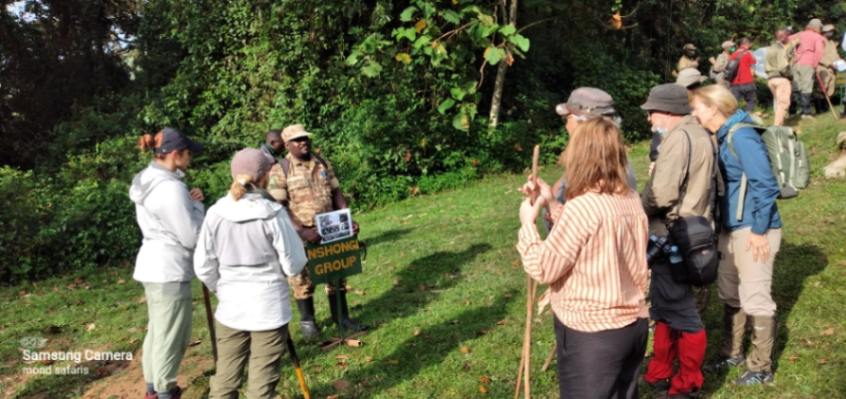
It is a physically challenging activity that involves hiking through dense forests and steep terrain in search of mountain gorillas. The difficulty level of the trekking can vary depending on the gorilla’s location, weather conditions, and the fitness level of the trekkers.
In general, the treks can range from 1-4 hours each way, and some treks may last up to 8 hours. Additionally, the altitude can also be a factor since many gorilla habitats are located at high elevations.
It is recommended that trekkers have a moderate level of fitness and be prepared to walk on uneven terrain for an extended period. Proper hiking gear, such as sturdy hiking boots and a backpack with snacks and water, is also essential.
Overall, while gorilla trekking can be challenging, it is a unique and rewarding experience that allows visitors to observe these magnificent creatures in their natural habitat.
What can i pack for silverback gorilla safari
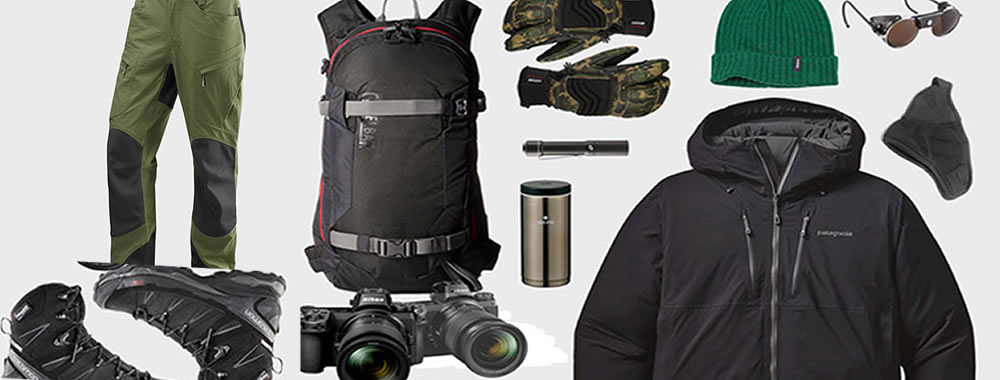
When preparing for a gorilla safari, it is essential to pack appropriately to ensure a comfortable and enjoyable trip. Here are some essential items to consider:
Hiking boots: Gorilla trekking involves hiking through rugged terrain, so a sturdy pair of hiking boots is essential.
Long socks: These will be used to tuck in your pant during trekking Comfortable clothing: Wear comfortable, lightweight clothing that is suitable for hiking. Dress in layers since temperatures can vary throughout the day.
Rain jacket or poncho: It’s common for rain to fall unexpectedly, so it’s important to bring a waterproof jacket or poncho.
Insect repellent: The forest is home to many insects, so insect repellent will help protect you from bites.
Sunscreen: The sun can be strong, even on cloudy days, so it’s important to protect your skin from sunburn.
Camera: A good camera with a zoom lens will allow you to capture high-quality photos of the gorillas.
Binoculars: Binoculars will help you to see the gorillas more clearly since they can be quite far away.
Snacks and water: Trekking can be tiring, so it’s important to stay hydrated and bring snacks to keep your energy levels up.
Personal medications: Bring any medications you may need, such as anti-malaria pills, and make sure you have enough for the duration of your trip.
Cash: Bring cash in the local currency for tips, souvenirs, and any additional expenses that may arise.
what to expect during a gorilla safari in Uganda
Embarking on a gorilla safari in Uganda promises an unparalleled adventure that will leave you in awe of the critically endangered mountain gorillas thriving in their natural habitat. Prepare to be stunned as we unravel what to anticipate during a gorilla safari in Uganda:
Trekking: The core activity during a gorilla safari in Uganda is the exhilarating gorilla trekking that could span from a mere hour to a whopping 8-hour hike contingent on the gorillas’ location. Trained rangers will navigate you through the forest, expediting your chance to catch a glimpse of the majestic gorillas.
Encounter with Gorillas: A rendezvous with the gorillas is the main highlight of a gorilla safari in Uganda. Once you finally spot them, you’ll be granted a solitary hour to witness their actions, snap pictures and glean insight into their habits and social structures.
Scenic Beauty: Uganda boasts some of the most awe-inspiring landscapes in Africa. The trek through the forest to locate the gorillas avails you an opportunity to feast your eyes on lush vegetation, cascading waterfalls and an array of wildlife cohabiting the jungle.
Accommodation: A plethora of lodging options awaits visitors ranging from opulent lodges to economical campsites. Most accommodations are strategically situated in close proximity to national parks where the gorillas dwell.
Cultural Affinity: Uganda is steeped in a rich cultural heritage, presenting visitors with a chance to partake in a plethora of cultural experiences such as traditional dance performances, touring local markets and mingling with the natives.
Wildlife Observation: Uganda boasts a vast gamut of wildlife, including elephants, lions, chimpanzees and much more. Visitors can embark on guided safaris to see these animals in their natural habitat.
To encapsulate, embarking on a gorilla safari in Uganda is an unparalleled escapade that blends wildlife observation, cultural experiences and mesmerizing sceneries. It is an absolute must-do for anyone touring Uganda or East Africa.
How to obtain a gorilla permit
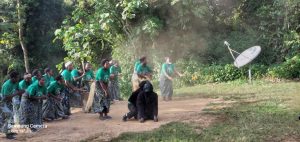 Acquiring a permit to gaze upon the majestic Silverback Gorilla and venture on Gorilla Safari Tours can be a perplexing and burstful endeavor. To undertake this quest, follow these intricate steps with great care:
Acquiring a permit to gaze upon the majestic Silverback Gorilla and venture on Gorilla Safari Tours can be a perplexing and burstful endeavor. To undertake this quest, follow these intricate steps with great care:
Firstly, select your desired location with utmost consideration. Gorilla permits are dispensed in sundry countries such as Uganda, Rwanda, and the Democratic Republic of Congo (DRC). Once you have decided upon a country, it is imperative that you choose a specific national park where you wish to witness these primates in their natural habitat.
Next, contact the appropriate tour operator, such as the eminent Mond Safaris, in your selected country. This is crucial to ensuring that your visit is arranged in a sustainable and responsible manner. If you choose Rwanda, then contacting the Rwanda Development Board would be wise, while contacting the Uganda Wildlife Authority would be recommended for those desiring to visit gorillas in Uganda.
It is pivotal to confirm the availability of permits. These permits are scarce and limited, so it is essential that you check for availability on the precise date you plan to visit. In Rwanda, permits are often sold out months in advance, thus necessitating meticulous planning and an unyielding pursuit.
Upon confirming availability, you must book and pay for the permit. Be advised that the cost of a gorilla permit is dependent on the country and the location, and it usually falls between $700 and $1500. It is recommended that you allocate sufficient resources to this endeavor.
Subsequently, obtaining the permit on the day of your gorilla trek is a critical facet of the process. The park authorities must be presented with a printed copy of the permit and a valid identification document. Remember, preparation is key to this arduous and intensive journey.
It is of utmost importance that the rules set forth by the park authorities are followed meticulously during the trek. These rules are instituted to ensure the safety of the visitors and the protection of the gorillas.
In conclusion of Silverback Gorilla and Gorilla Safari Tours, acquiring a gorilla permit is no easy feat. However, by following these complicated steps and booking through a reputable tour operator like Mond Safaris or through the appropriate authorities, you can ensure that your visit is both legal and arranged in a sustainable and responsible manner.
Gorilla permit prices for Silverback Gorilla and Gorilla Safari Tours
Gorilla permit prices can be quite expensive, as they grant individuals the rare opportunity to track and observe endangered mountain gorillas in their natural habitat. These permits are issued by local government or wildlife authorities and are necessary for anyone wishing to go gorilla trekking.
The cost of gorilla permits varies depending on the country and specific park or reserve. For instance, in Uganda, foreign non-residents are required to pay $700, while in Rwanda, all visitors must pay $1,500. In the Democratic Republic of Congo, the cost is $400 for foreign non-residents.
The high prices are intended to fund conservation efforts and protect the gorilla population. Gorilla trekking is also limited to a few visitors per day to minimize environmental impact.
what other safaris can i go for ?
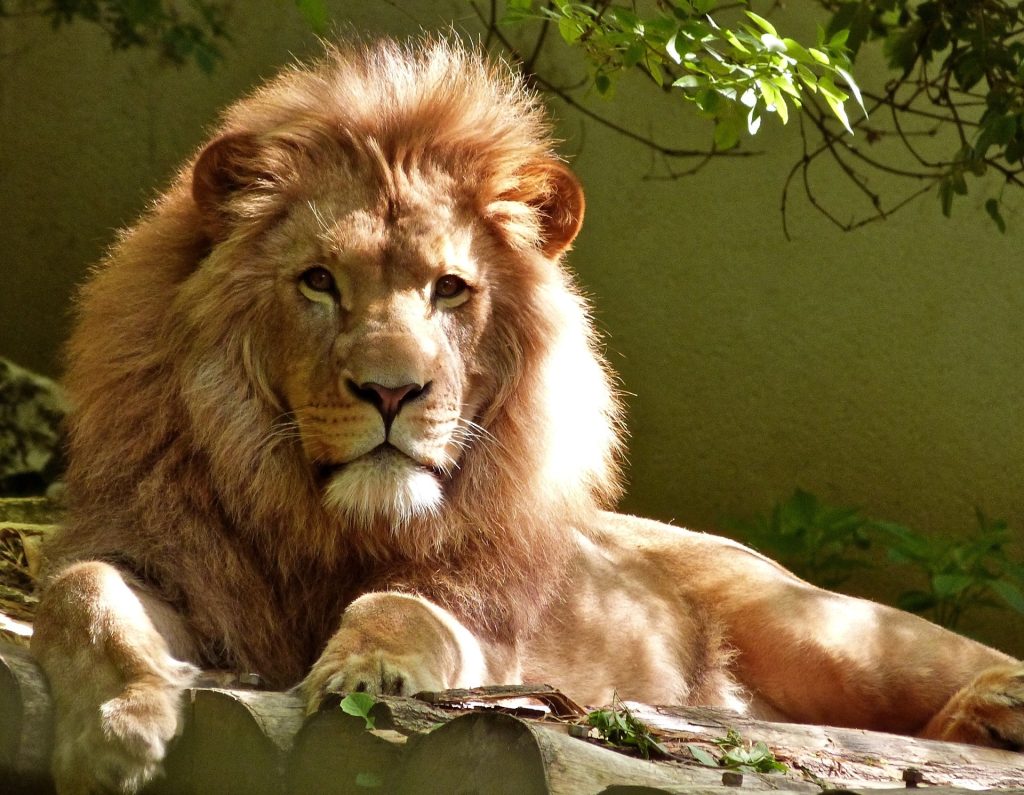
Apart from silverback gorillas and gorilla safari tours, Uganda offers a diverse range of safari options. For instance, visitors can go chimpanzee trekking in Kibale National Park, Budongo Forest Reserve, and Kyambura Gorge. Additionally, Uganda is home to various wildlife species such as lions, leopards, and elephants in Murchison Falls National Park, Queen Elizabeth National Park, and Kidepo Valley National Park. Birdwatching safaris and cultural safaris are also available in various locations.
In conclusion of Silverback Gorilla and Gorilla Safari Tours, silverback gorillas play a vital role in the African ecosystem, and it is crucial to increase conservation efforts to prevent their extinction. Through sustainable tourism and anti-poaching measures, future generations can experience the wonder of these majestic creatures in the wild.
Most popular Silverback Gorilla and Gorilla Safari Tours in Rwanda and uganda
1. 5-day-gorilla-and-chimpanzee-safari-tour-in-uganda
2. 4-days-flying-to-bwindi-gorilla-safari
3. 4-day-rwanda-primate-trekking-adventure
4. 6-day-gorilla-safari-rwanda
contact mond safaris for Silverback Gorilla and Gorilla Safari Tours or any other safari
